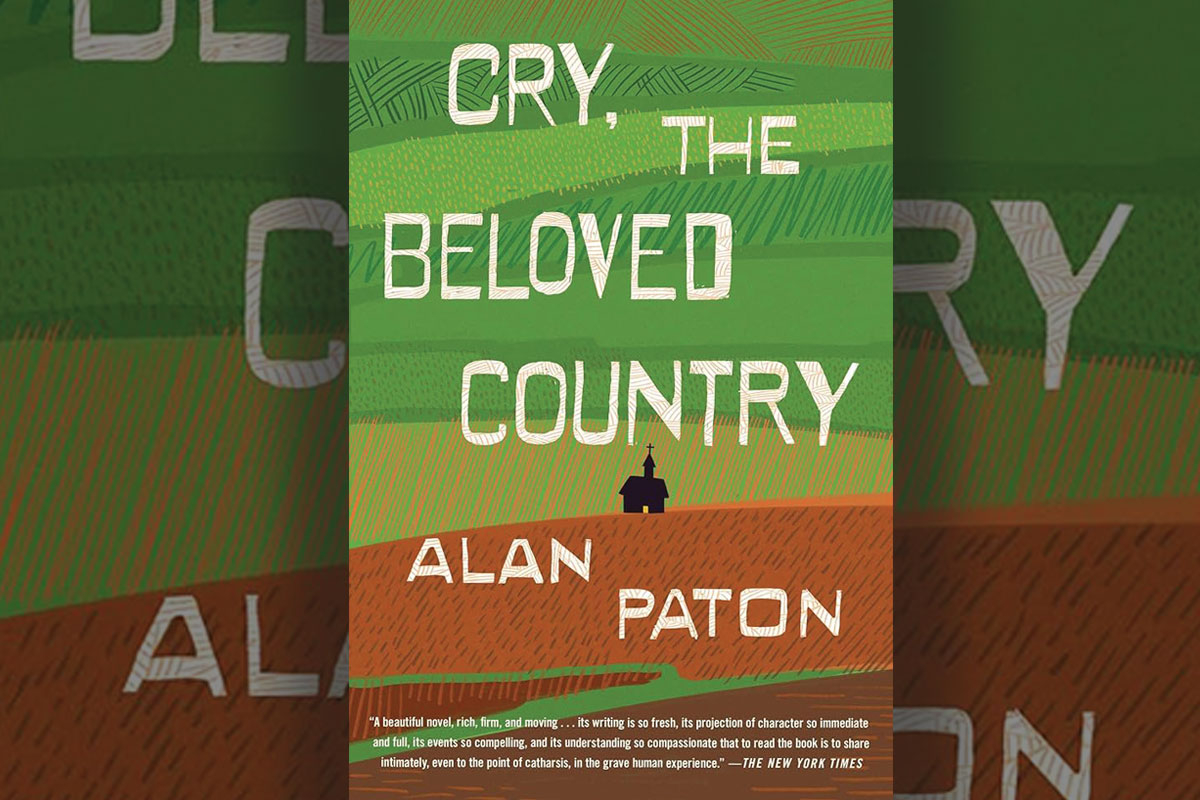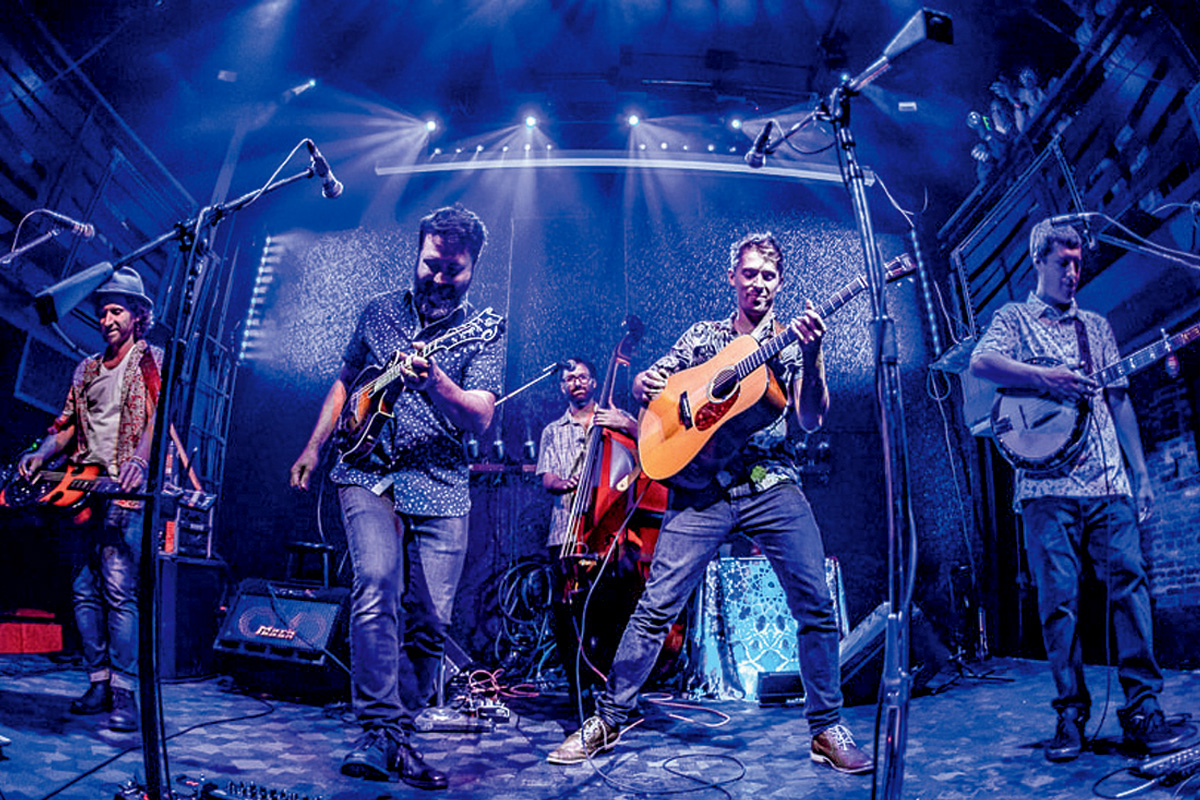The 100-year trail: A century after Benton MacKaye proposed it, millions enjoy the A.T. each year
A wall of wind hurtles through the asphalt-covered mountain gap as I exit my car, popping open the trunk to rummage through the sea of stuff for any last-minute additions to the loaded backpack lying atop the mess.
Inaugural Juneteenth celebration planned
On June 19, the Smoky Mountain District of the United Methodist Church will host a Juneteenth Freedom Celebration at Lake Junaluska.
My own 1971 history project
My boyfriend and I recently bought a vintage house. It was built in 1971. When the realtor gave us a tour, I furrowed my brow trying to imagine our blended family of seven settling into such an abode. Prior to finding this house, we’d been looking at modern homes with open floor plans, bright and airy kitchens, two-car garages and large closets.
An excellent history lesson
Having recently read and reviewed for the Smoky Mountain Living magazine Vicki Lane’s And The Crows Took Their Eyes, a fine novel set in Madison County during the Civil War and focused on the Shelton Laurel Massacre, this week I returned to that era with J.L. Askew’s War In The Mountains: The Macbeth Light Artillery at Asheville, N.C. 1864-1865 (Covenant Books, Inc., 2020, 535 pages).
Foxfire and BPR team up for COVID-19 oral history project
Since the beginning of the pandemic, Foxfire has been collecting stories, memories, photographs and artifacts related to the experiences of people in Appalachia during the COVID-19 pandemic. Now, Blue Ridge Public Radio is partnering with the project to help expand its reach and focus on collecting stories from Western North Carolina.
The things you don't hear
Weary and sore they came upon a small copse of Loblolly pines swaying high above a sea of softly undulating golden broomsedge just as the first light of dawn faded in from the east.
For weeks, they’d slept during the balmy spring days and walked mostly by moonlight, never by road. At times they’d take to the train tracks, ducking into the underbrush when one of them would sense the coming of the iron horse. Other times they strode along soaring tree lines edging fallow fields, damp spongy soil radiating the last of the day’s heat to their bare feet, until they found some small, safe, out-of-the way place as dark and anonymous as their faces.
Digging into history: a visit to Jamestown
Right after Labor Day, my friend John and I traveled to Virginia’s Historic Triangle: Jamestown, Williamsburg, and Yorktown. A paper for which I write had commissioned me to do some pieces on each place, and though I had visited there earlier in my life, that was long ago.
Don’t know much about history: time for a change
In mid-August, I was sitting in the waiting room of my local auto repair shop typing away on my computer when a conversation from the adjoining room intruded on my concentration. There the two men who operate the service desk and two mechanics were lamenting their children’s ignorance about history. For several minutes, they traded stories of kids and grandkids who had little knowledge of the American Revolution, the Civil War, and the major events of the twentieth century.
Looking back at famous Americans
Every once in a while, I’ll read a book of history and want to throw a party: bottles of champagne, hors d’oeuvres, music, and even dancing, though I am as awkward on a dance floor as a Mississippi farm boy on ice skates for the first time. Encountering such a book leaves me giddy, “High as the flag on the Fourth of July,” as the song in the old musical “South Pacific” puts it.
Sept. 11, 2001
September 11 snuck up on me this year. I was listening to public radio this morning when they discussed commemorations happening today at Ground Zero.
All of a sudden it took me back to that Tuesday morning 19 years ago. In my world, the last 20 years of Tuesdays have been press days, the time when all hands are on deck at the newspaper as we try to finish stories, design the paper and send it to the press so it can be delivered on Wednesday mornings.






















